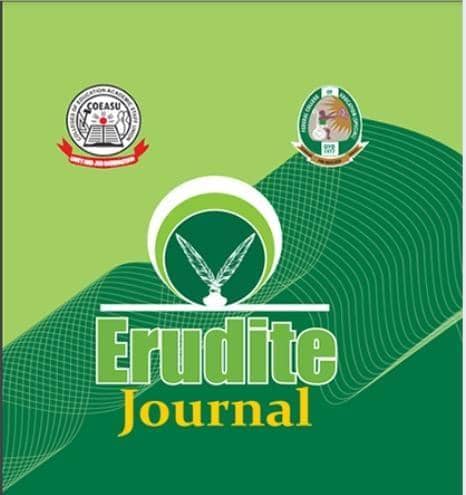THE ROLE OF APPLIED LINGUISTICS IN LANGUAGETEACHING AND LEARNING
DOI:
https://doi.org/10.2023/cwfyva75Keywords:
Applied linguistics, Language teaching, Language learning, Strategies, Curriculum.Abstract
The paper examines the multifaceted roles of applied linguistics in language teaching. The field of applied linguistics is indispensable in shaping the landscape of English language education, offering valuable insights, innovative approaches, and transformative solutions to the challenges faced in teaching and learning English. From its theoretical foundations to its practical applications, applied linguistics plays a central role in enhancing language teaching and learning experiences. It fosters a critical understanding of language as a dynamic social
phenomenon which empowers learners to navigate linguistic diversity, challenge language ideologies, and engage in meaningful communication across cultures and contexts. By integrating linguistic theory with educational practice, applied linguistics informs language
teaching strategies that are effective, contextually relevant, and learner-centered. Applied linguistics serves as a bridge between theoretical linguistics and language education, facilitating the implementation of evidence-based practices that address the diverse needs of language learners. Through the pivotal role of applied linguistics in practical application of language learning methodologies, this paper underscores the importance of applied linguistics for
teachers to make informed decisions about curriculum design, instructional strategies and assessment practices in enhancing the quality and effectiveness of language teaching worldwide.

